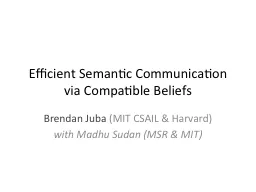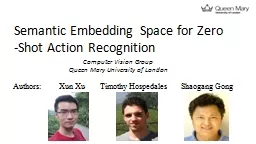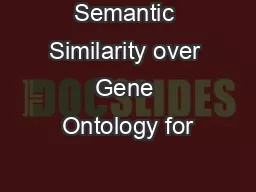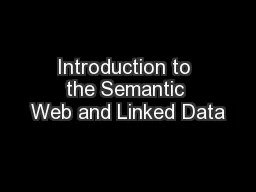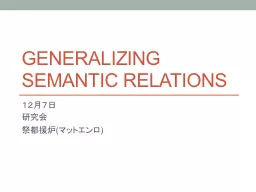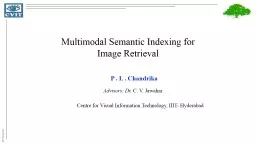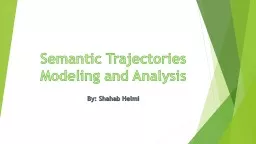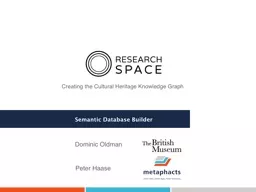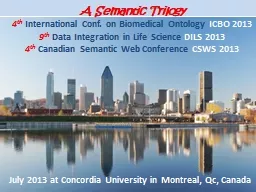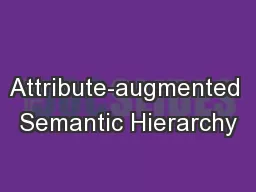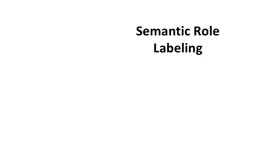PPT-Efficient Semantic Communication via Compatible Beliefs
Author : briana-ranney | Published Date : 2015-11-11
Brendan Juba MIT CSAIL amp Harvard w ith Madhu Sudan MSR amp MIT Motivation Beliefs model Sketch of result 2 Miscommunication happens Got that Q CAN COMPUTERS
Presentation Embed Code
Download Presentation
Download Presentation The PPT/PDF document "Efficient Semantic Communication via Com..." is the property of its rightful owner. Permission is granted to download and print the materials on this website for personal, non-commercial use only, and to display it on your personal computer provided you do not modify the materials and that you retain all copyright notices contained in the materials. By downloading content from our website, you accept the terms of this agreement.
Efficient Semantic Communication via Compatible Beliefs: Transcript
Download Rules Of Document
"Efficient Semantic Communication via Compatible Beliefs"The content belongs to its owner. You may download and print it for personal use, without modification, and keep all copyright notices. By downloading, you agree to these terms.
Related Documents

